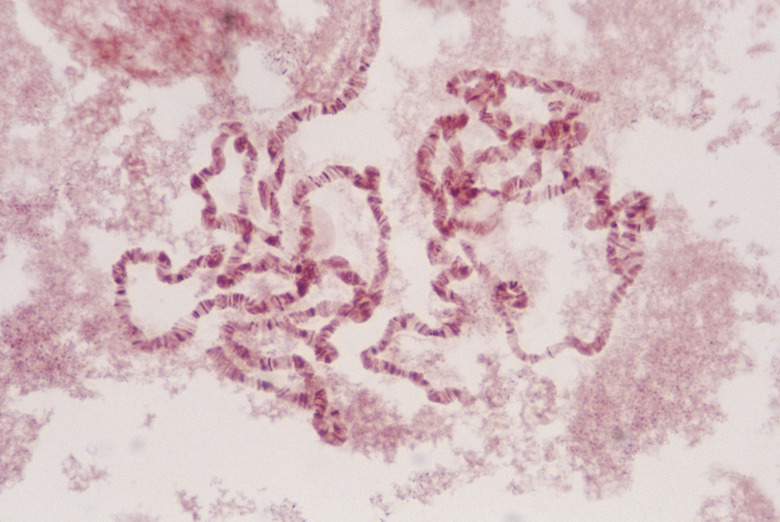How Did Scientists Discover That Genes Are Made Of DNA?
Although it's common knowledge today that traits are passed from parent to child by DNA, that wasn't always the case. In the 19th century, scientists had no idea how genetic information was inherited. In the early- to-mid-20th century, however, a series of clever experiments identified DNA as the molecule that organisms used to transfer genetic information.
Griffiths Experiment
Griffiths Experiment
By the early 20th century, scientists knew hereditary information was passed from parent to child in the form of discrete units they called genes. They didn't know, however, where or how this information was stored and used by the cell's biochemical processes.
In 1928, English scientist Fred Griffiths injected mice with IIIS type Streptococcus pneumoniae bacteria, which are deadly to mice, and the IIR type of S. pneumoniae, which is not lethal. If the IIIS bacteria were not heat-killed, the mice died; if they were heat-killed, the mice lived.
What happened next changed the history of genetics. Griffiths mixed heat-killed IIIS and living IIR bacteria and injected them into the mice. Contrary to what he expected, the mice died. Somehow, genetic information was transferred from the dead IIIS bacteria to the living IIR strain.
Avery Experiment
Avery Experiment
Working with several other scientists, Oswald Avery wanted to know what had been transferred between the IIIS and IIR bacteria in the Griffiths experiment. He took heat-killed IIIS bacteria and broke them up into a mixture of proteins, DNA and RNA. Next, he treated this mixture with one of three types of enzymes: those that destroy proteins, DNA or RNA. Finally, he took the resulting mixture and incubated it with living IIR bacteria. When RNA or proteins were destroyed, the IIR bacteria still picked up the IIIS genetic information and became lethal. When DNA was destroyed, however, the IIR bacteria remained unchanged. Avery realized that genetic information must be stored in DNA.
Hershey-Chase Experiment
Hershey-Chase Experiment
The team of Alfred Hershey and Martha Chase determined how genetic information is inherited. They used a type of virus that infects Escherichia coli (E. coli), a species of bacteria found in the gut of humans and animals. They grew E. coli in a medium that included radioactive sulfur, which would be incorporated into proteins, or radioactive phosphorus, which would be incorporated into DNA.
They infected the E. coli with the virus and transferred the resulting viral culture to another, unlabeled batch of E. coli grown on medium with no radioactive elements. The first group of viruses were now nonradioactive, indicating that protein does not get passed on from parent to daughter virus. By contrast, the second group of viruses remained radioactive, indicating that DNA was passed from one generation of viruses to the next.
Watson and Crick
Watson and Crick
By 1952, scientists knew that genes and hereditary information must be stored in DNA. In 1953, James Watson and Francis Crick discovered the structure of DNA. They worked out the structure by assembling data from past experiments and using it to build a molecular model. Their DNA model was made from wire and metal plates, much like the plastic kits students use in organic chemistry classes today.
References
- Benjamin A. Pierce: Genetics, A Conceptual Approach, 2007
- Harvey Lodish, Arnold Berk et al: Molecular Cell Biology, 2012
- Austin Community College: DNA, The Genetic Material
- Nature Scitable: Isolating Hereditary Material
Cite This Article
MLA
Brennan, John. "How Did Scientists Discover That Genes Are Made Of DNA?" sciencing.com, https://www.sciencing.com/did-scientists-discover-genes-made-dna-2344/. 24 April 2017.
APA
Brennan, John. (2017, April 24). How Did Scientists Discover That Genes Are Made Of DNA?. sciencing.com. Retrieved from https://www.sciencing.com/did-scientists-discover-genes-made-dna-2344/
Chicago
Brennan, John. How Did Scientists Discover That Genes Are Made Of DNA? last modified August 30, 2022. https://www.sciencing.com/did-scientists-discover-genes-made-dna-2344/
